The Child-Eating Bloodsucker of Aboriginal Australian Nightmares
The Yara ma tha who is more terrifying than any vampire.
The children all knew the story of the Yara ma tha who. In the Aboriginal communities of the southeastern Australian coast, parents warned their sons and daughters about the little red men who hid in the boughs of the wild fig trees. Wayward boys and girls who wandered alone through the dense forests were the favored prey of these spirit men, who had lived alongside Aboriginal people since the Dreaming, when the land and its creatures were created.
The Yara ma tha who (also spelled Yara ma yha who) could fashion no weapons. They stood no taller than a 10-year-old, and they didn’t even have the teeth of a toddler. But they were feared nonetheless. These little red men, with their oversized heads, spindly limbs, and paunchy bellies, could—and would—swallow a person whole and then regurgitate them, “as was the custom of all Yara ma [tha who] to do since time immemorial,” David Unaipon reported.
Unaipon, a Ngarrindjeri writer from South Australia, searched for the folklore of the Yara ma tha who and its horrifying kin—like the Bunyip—in the summer and fall of 1925. Unaipon’s collected tales, passed down orally for generations, arrived by post at the publishing office of Angus & Robertson in Sydney.
The Yara ma tha who was “an exceptionally funny fellow,” Unaipon wrote, with a “strange way after he captured a person.” The Yara ma tha who hunted like a cat, pouncing on its prey. He then placed his hands and feet on the victim, using octopus-like suckers at the ends of his fingers and tips of his toes to drink the blood from the body. “I may say that he does not try to suck all the blood from the body but leaves sufficient to keep [the victim] alive while he walks round to raise an appetite,” Unaipon wrote in his 1925 dispatch. When the Yara ma tha who returns, he opens his mouth wide like a snake’s and swallows the victim down head first. “Then he will rise and stand on his little legs and dance and dance around until the person is well inside his belly.”

The horror of a Yara ma tha who attack is that the victim is weakened, but not dead. The spirit man, full from his meal, will lie down to nap, “and when he wakes he will do just what the whale did to Jonah—spew him out.” But the person who emerges from the belly of a Yara ma tha who is forever changed, Unaipon wrote. It would be obvious in their appearance. After the first encounter with the spirit man, the victim would be shorter. After a second unfortunate meeting, the victim would be shorter still. And if one felt the fingers of a Yara ma tha who for a third time, the gruesome transformation would be complete—the victim would become a Yara ma tha who themselves. What had once been human would now be hunting them.
“That’s the creature: hauntingly creepy, and yet surprisingly practical from a community organization standpoint,” says Emily Zarka, a professor at Arizona State University who studies monster tales and is the host of Monstrum on PBS. The Yara ma tha who embodies traditional knowledge: In the heat of the summer or the hail storms of the winter, the legend reminds listeners that it is better to take shelter under the rock ledges of the cliffs than the thick-boughed trees of the forest where animals hid.
When the British colonizers heard tell of the Yara ma tha who, the creature was not as foreign as some beings—in the physical world or the spirit one—they encountered in Australia. The Yara ma tha who was, in their parlance, a vampire, and the urbane Dracula quickly swallowed his rural competition whole. The Aboriginal spirit man, whose story revealed not just the dangers of the lonely unknown, but also the safety of knowledge and community, became nothing but a bloodsucker.
The wider world would be introduced to the Yara ma tha who and many of the other creatures that populated the Aboriginal world through Uniapon’s descriptions, but they would not get to know the author himself. After Unaipon penned his accounts in preparation for a book, a misunderstanding developed between the author and his publisher. Australian academics Stephen Muecke and Adam Shoemaker have suggested the root of the disagreement may have been the difference in understanding of ownership of intellectual property in Western and Aboriginal cultures or it simply may have been a miscommunication. Whatever the cause, the result was that Unaipon’s carefully collected folklore was published in 1930—by William Ramsay Smith, a Scottish doctor, who presented Unaipon’s work as his own, almost word for word, in Myths & Legends of the Australian Aboriginals. (Smith did change the spelling to Yara-ma-yha-who, which is more common today.)
Unaipon’s original manuscript, Legendary Tales of the Australian Aborigines, was finally published, three-quarters of a century late, in 2006. The editors, Muecke and Shoemaker, called it an act of reparation—“bringing the stories back to the people and the country of their creation.” The effort came in the early days of the “vampiric boom” that peaked in the 2010s and amid an increased interest in Oceania-inspired horror tales, a confluence that will “create a more informed audience of the true Australian landscape and community, as well as prioritize community and Indigenous lore,” argues writer McKenzie Lynn Tozan.
The Yar ma tha who now lies in wait in the pages of modern Australian literature, and, perhaps, in the wild fig trees of South Australia. Listen for the spirit man calling out to his victims: “Yara ma, yara ma, which way hast thou gone?”
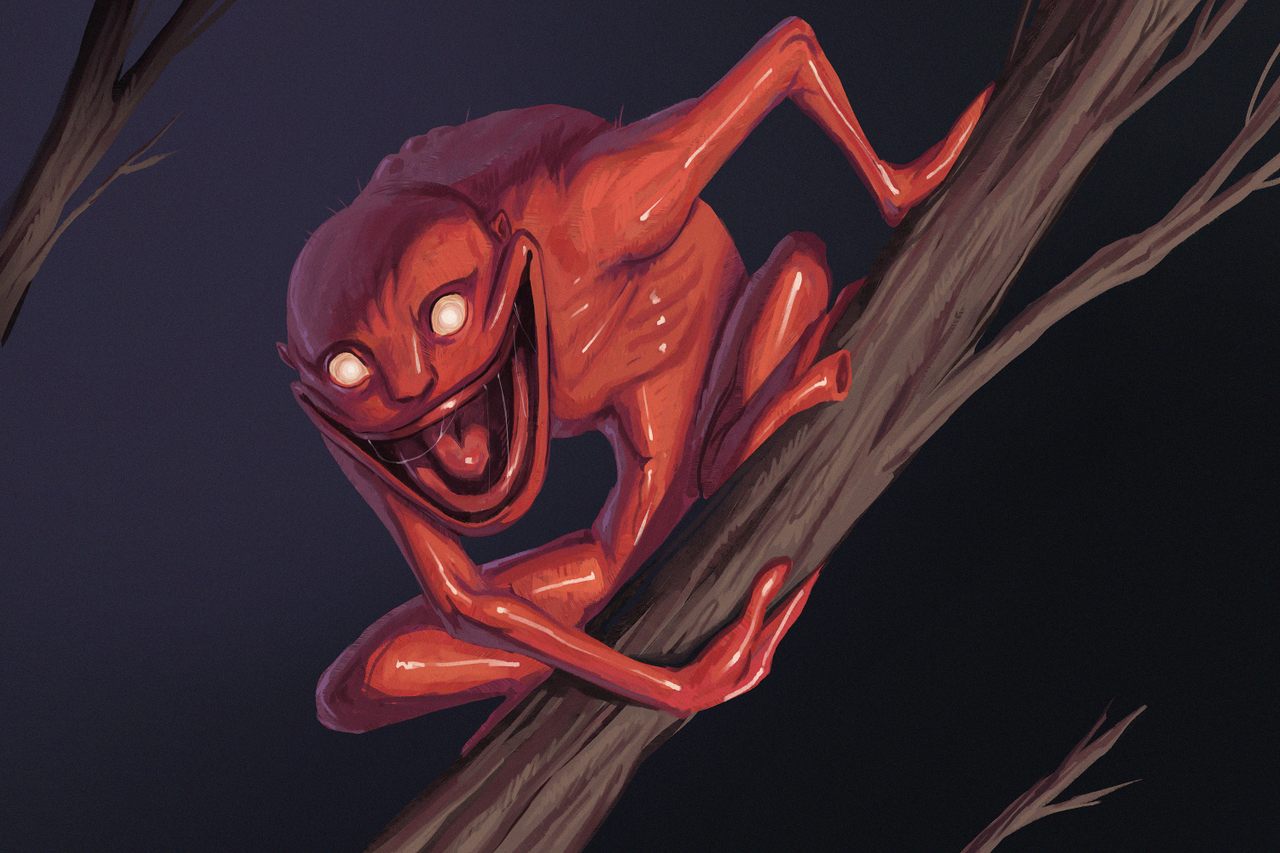
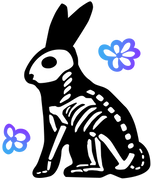

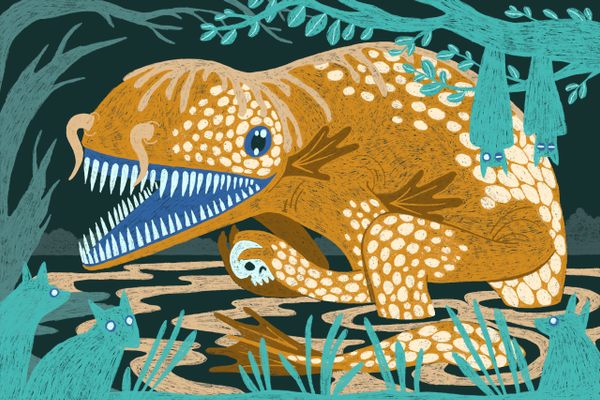

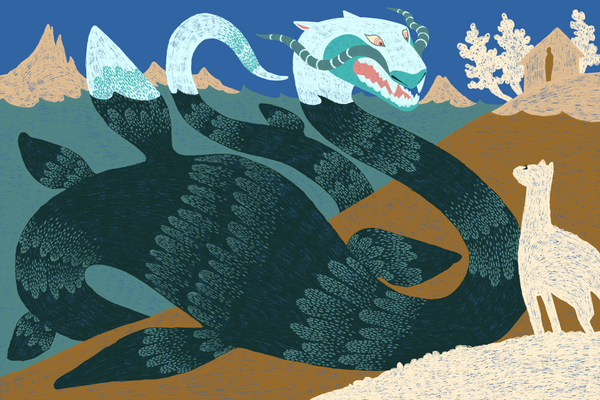
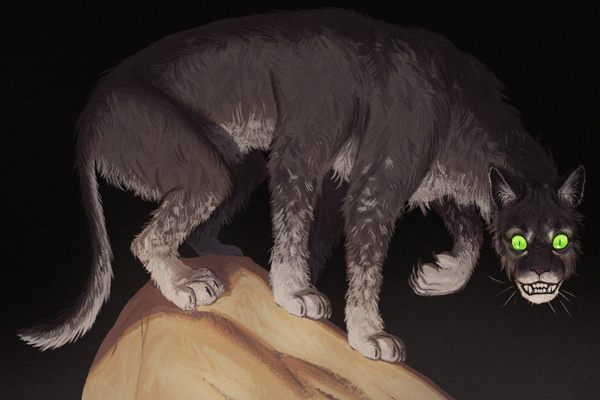







Follow us on Twitter to get the latest on the world's hidden wonders.
Like us on Facebook to get the latest on the world's hidden wonders.
Follow us on Twitter Like us on Facebook